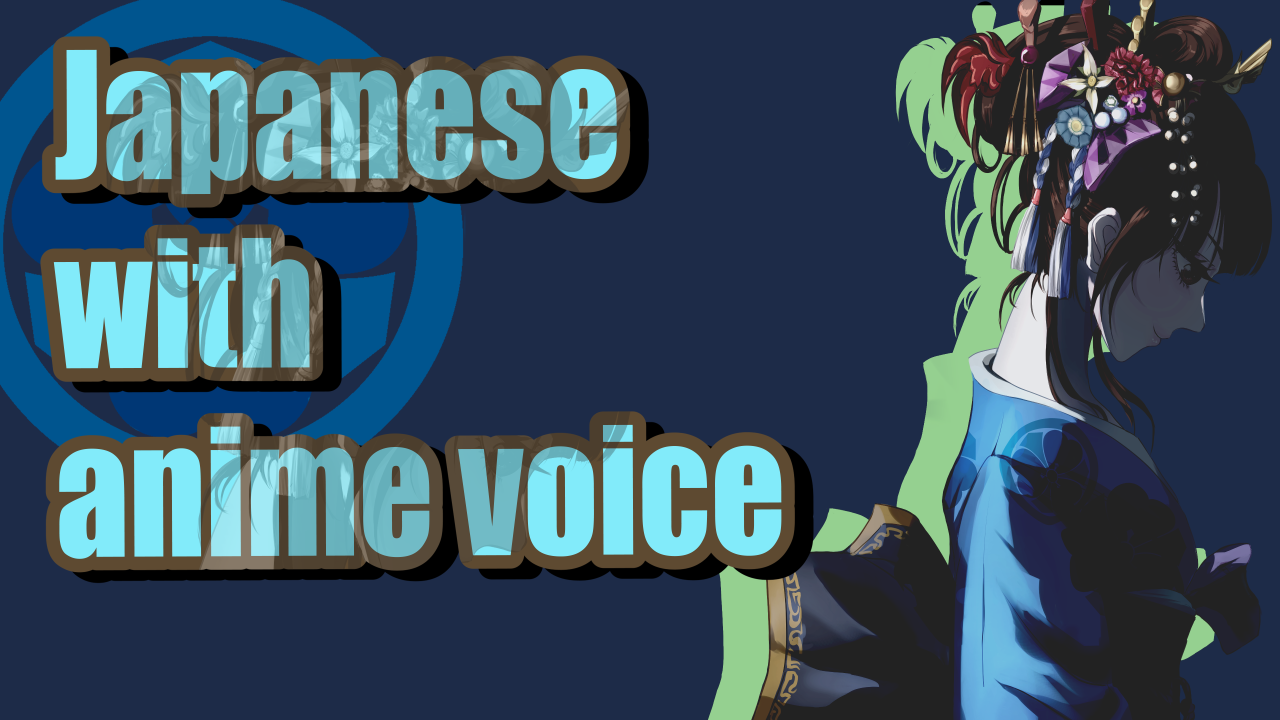Japanese with anime voice: episode34
Hello, I’m Sachi.
April 18 is Incense Day. In Japan, there is a book called Nihonshoki (Chronicles of Japan), which describes the establishment of the country. In it, it is recorded that 香木 (kouboku) drifted ashore on Awaji Island in April 595, which is said to be the first incense in Japan. 香木 (kouboku) is a wood with a pleasant aroma. The reason why the 18th was designated as Incense Day is also interesting, and I thought it was well thought out, so I wanted to share it with everyone who is learning Japanese.
If you break down the letter 香 (kou) in お香 (Okou), you can make it into Kanji numbers, 一 (ichi),十 (Juu), 八 (Hachi), and 日 (nichi). Since it can be read as 18 days, the 18th was established as the day.
Isn’t it amazing that people have noticed this? It’s really wonderful. Please write it down on a piece of paper and see for yourself.
Incidentally, 香木 (Kouboku) drifted ashore in 595, and in fact, a part of it still exists today. It is enshrined as a sacred tree at the Kareki Shrine on Awaji Island. It has been maintained at the shrine for 1429 years.
In the Warring States period, that’s about 500 years ago, which can be thought of as five lifetimes of a 100-year-old grandmother. But, as one would expect, in 1429, you can’t count on 100 years of age.
This discussion of kanji decomposition suddenly reminded me of how to remember the kanji character for “頭 (atama)”. When I was in elementary school, I was taught that the kanji for “頭 (atama)” could be written by memorizing “いちくちそいちいちのめは (ichikuchisoichiichinomeha)”. It sounds like a spell, doesn’t it?
いちくちそいち (ichikuchisoichi) is the left side of the kanji character for 頭 (atama), いちのめは (ichinomeha) is the right side, いち (ichi) is all Kanji characters for 一 (ichi), くち (kuchi) is the kanji character for 口 (kuchi) for face parts, そ (so) is ソ (so) in katakana, の (no) is ノ (no) in katakana, め (me) is the kanji character for 目 (me) for face parts, and は (ha) is ハ (ha) in katakana.
Now that I think about it, if you don’t remember each kanji and katakana, you won’t know what they are at all. On the contrary, it’s complicated. If you have already studied katakana and simple kanji, you can easily write the kanji for “head” with いちくちそいちいちのめは (ichikuchisoichiichinomeha).
The other day, an overseas friend of mine who is studying Japanese told me that the kanji for 夕 (Yuu) in 夕日 (Yuuhi) and タ (ta) in katakana are the same. I realized that was the case. But if someone forgets the kanji 夕日 (Yuuhi) and asks you how to write 夕 (Yuu) in 夕日 (Yuuhi), you can just say the katakana word タ (ta) and they will know right away. Katakana is very useful in this situation.
The other Kanji characters for 空 (Sora) are ウ (u), ハ (ha), and エ (e) in katakana. There are so many kanji that can be written in katakana! I’d like to introduce more, but I’d have to explain the original kanji, and that would be too complicated, so I’ll stop here. LOL Sorry!
Well, you may think that it is hard to remember not only hiragana but also katakana in Japanese, but learning katakana is very useful, and it is also useful when learning kanji, so I strongly recommend that you learn katakana before kanji.
By the way, there is also romaji, though. Sometimes I hear that romaji can be used for reading Japanese, but I don’t recommend learning Japanese using romaji. I think it’s possible to use a little bit at first as a supplement to hiragana when you are learning how to read and write Japanese, but even then I think it’s better not to use romaji. If you study only romaji because it is easier to read, it will be really hard to read and write. If you learn hiragana and katakana all at once at the beginning, it will be much easier to learn how to read and write later on.
The use of hiragana and katakana is often used today for 外来語 (gairaigo) and 外国語 (gaikokugo). 外来語 (gairaigo) is, for example, a word like タバコ (tabako) or アルバイト (arubaito). 外国語 (gaikokugo) is the Japanese reading of the English words spring and summer as スプリング (superinngu) and サマー (sama-). What’s interesting is that, as is often the case in manga, the robot’s tone of voice is expressed in katakana. In this way, you can imagine a mechanical way of speaking that is not that of a flesh-and-blood human being from the characters.
We also use katakana for foreign names. I recently had a question with my partner. In Japan, people’s names can be written in katakana, so it is easy to read the names of, for example, athletes or Hollywood stars. I think that the katakana is probably written exactly as it sounds.
But, outside of Japan, there are no katakana, are there? So, even if a foreigner’s name is written in their native script, it’s hard to read, isn’t it? Even though we are used to the alphabet, we can’t read Thai or Arabic names at all. Even if we are familiar with the alphabet, we still can’t read people’s names. So I wondered how people from other countries write foreign names on TV. Even if Japanese names are written as they are, they are completely unreadable without the aid of romaji. What do you think? I would like to know how it is done in your country.


